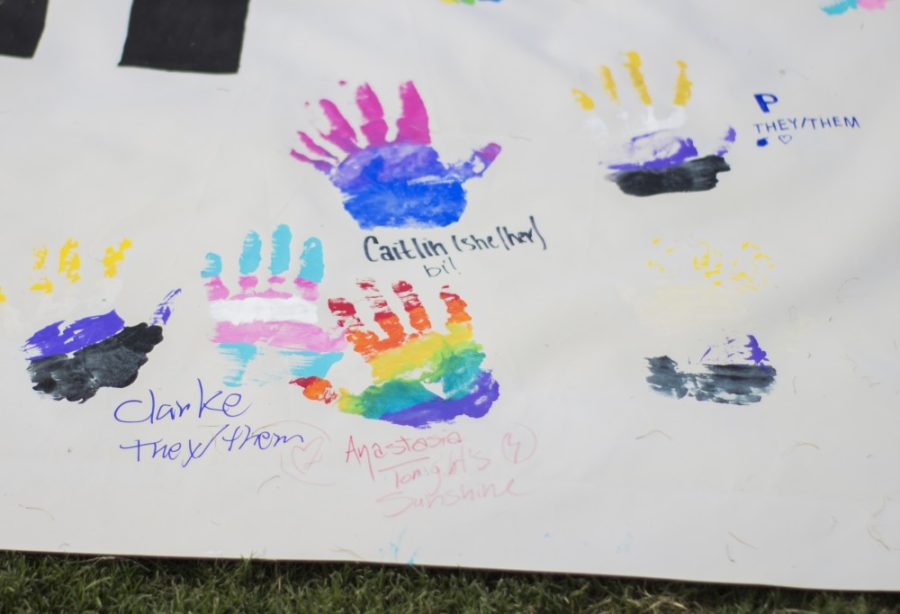Earlier this semester I had to take a yearly survey that the University of Arizona sends out to all students. I don’t remember exactly what the survey was for, but I do remember how surprised I was at the amount of options there was under the gender category. On most of the school-administered surveys I have taken there were three options: male, female and other, which sometimes included the ability to type in your own personal answer and sometimes didn’t.
For some, this “other” option may seem like enough, but to people who do not fall under the two categories of male and female, being labeled “other” isn’t the nicest feeling. When people add this category to surveys, it’s just another way of saying they care enough to not force you to choose between two genders but not enough to create a list that could possibly include your identity. Having only male and female as the definitive choices creates a narrative that the gender dichotomy is the expected way to go.
Granted, a lot of people identify with cisgender female and cisgender male, but not everyone. Just because something is the majority does not mean that they have the right to be the only ones acknowledged.
For example, the gender movement is very similar to the sexuality movement, which was mainstreamed when same-sex marriage became legalized in Obergefell v. Hodges in 2015. Companies and organizations started to add sexualities like bisexual, homosexual, heterosexual and more to surveys. Sure, heterosexual was still the majority, but that didn’t stop more people from being represented. Why should it be any different with gender?
Just like race and sexuality, there are a lot of different gender identities. And I understand the argument that there are so many new identities being accepted every day and sometimes it can be hard to “keep up,” but if an organization, like a university, prides itself on being inclusive, I think it is important for them to try to reach every category and stray away from the label of “other” in any scenario because it is insensitive and lazy.
I am proud to say that this whole semester almost all of the surveys I have taken had upwards of six options for gender identity. Some of these included transgender female, transgender male, non-binary, cisgender male, cisgender female, gender fluid, gender queer, transsexual and gender nonconforming. For me, personally, I quickly chose cisgender female because that is my identity, but I found it amazing that the UA understands everyone deserves to be able to check their own box rightfully and confidently.
Now, a lot of people still believe that there are only two genders and there is no such thing as anything in-between. Despite your opinion on gender as a whole, I think it is reasonable to understand why it is essential for the UA to include these new categories in their vocabulary. Since this is an institution primarily for younger people, the UA has to be able to keep up with how the world is changing when it comes to gender, sexuality, race and other identities.
Another example that I have seen that shows the UA becoming more accepting of gender identities is acknowledgement of pronouns. Whenever I go to a club and sometimes even a new class, professors or the supervisor will ask for pronouns in the introductions. It has quickly become a normal part of getting to know someone. Although some people could see asking for pronouns as invasive, I see it as the UA being considerate of how students express themselves.
If someone wants to be addressed as their name, they can. If they want to be addressed as she or her, they can. If they want to be addressed as he or him, they can. Because of our growing and developing society, asking questions like pronouns is essential because you can no longer look at someone and assume their gender identity. Asking that one simple question can make someone feel welcomed and accepted.
Every small gesture counts when it comes to making people feel validated and comfortable in their own skin. Regardless of your opinion on gender and the normalization of different gender identities, it is impressive that the UA is deciding to take a new perspective and become more inclusive when it comes to gender expression and identity.









